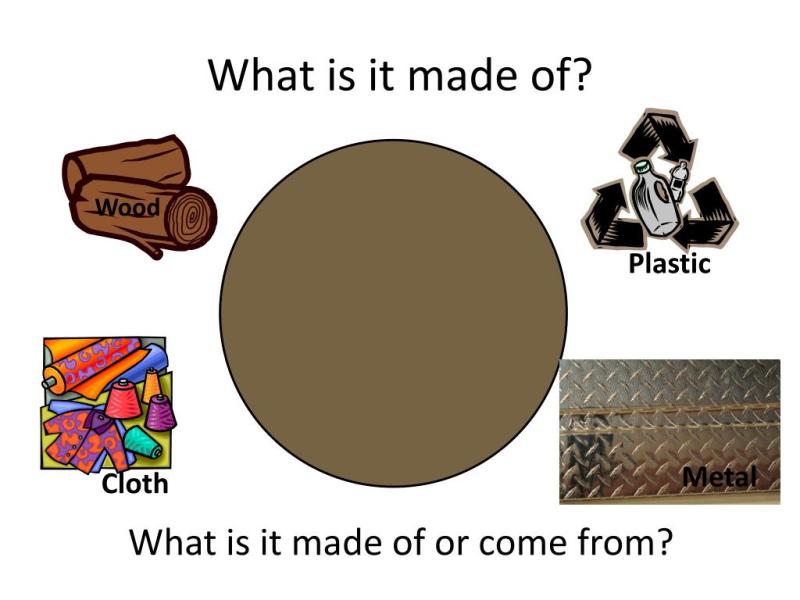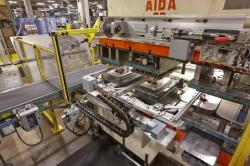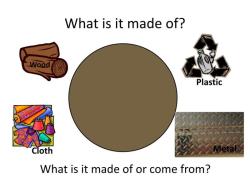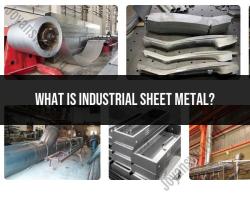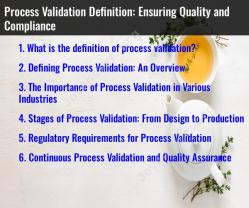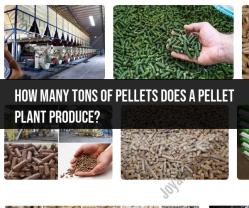What material is sheet metal made of?
Sheet metal is a versatile material used in a variety of applications due to its durability, malleability, and ease of fabrication. The choice of material for sheet metal depends on the specific requirements of the application. Here are some common materials used in the manufacturing of sheet metal:
Steel:
- Carbon Steel: One of the most widely used materials for sheet metal. It is an alloy of iron and carbon, and its properties can be altered by adding other elements.
- Stainless Steel: Known for its corrosion resistance, stainless steel is used when the sheet metal needs to resist rust and staining. Common grades include 304 and 316 stainless steel.
Aluminum:
- Lightweight and corrosion-resistant, aluminum is often used in sheet metal applications where weight is a critical factor. It is commonly used in the aerospace industry and for automotive components.
Copper:
- Known for its excellent conductivity and corrosion resistance, copper is used in applications where these properties are crucial, such as electrical components.
Brass:
- An alloy of copper and zinc, brass combines the corrosion resistance of copper with the machinability of zinc. It is often used for decorative applications due to its gold-like appearance.
Galvanized Steel:
- Regular steel coated with a layer of zinc to provide corrosion resistance. It is commonly used in outdoor applications to prevent rusting.
Titanium:
- Known for its high strength-to-weight ratio and corrosion resistance. Titanium sheet metal is used in aerospace and medical applications.
Nickel and Nickel Alloys:
- Nickel and nickel alloys, such as Inconel, are used in high-temperature and corrosive environments, making them suitable for applications in the aerospace and chemical industries.
Zinc:
- Zinc sheets are used for various purposes, including roofing and architectural applications. Zinc provides a protective layer that weathers over time, giving it a distinctive appearance.
Lead:
- Lead sheets are used for certain specialized applications, such as roofing and radiation shielding due to its high density.
The selection of the material depends on factors such as the intended use, required strength, corrosion resistance, cost considerations, and aesthetic preferences. Each material has its own set of advantages and limitations, and the choice is often determined by the specific requirements of the project or application.
Sheet Metal Materials: A Dive into Alloys and Sustainability
1. Common Sheet Metal Materials:
The world of sheet metal boasts a diverse range of materials, each with its own unique properties. Here are some of the most commonly used:
- Steel: The king of sheet metal, offering unparalleled strength, durability, and affordability. Available in various grades like carbon steel, stainless steel, and galvanized steel, catering to different needs.
- Aluminum: Lightweight, corrosion-resistant, and highly malleable, making it ideal for applications requiring flexibility and ease of shaping. Widely used in aircraft, construction, and consumer goods.
- Copper: Renowned for its conductivity and antimicrobial properties, often used in electrical wiring, plumbing, and heat sinks.
- Brass: An alloy of copper and zinc, combining strength, ductility, and resistance to corrosion. Popular in decorative applications, hardware, and musical instruments.
- Nickel and Titanium: High-performance metals offering exceptional strength, heat resistance, and corrosion resistance. Used in specialized applications like aerospace, medical devices, and chemical processing.
2. Metal Alloys and Their Impact:
Metal alloys play a crucial role in tailoring the properties of sheet metal for specific applications. Here's how:
- Strength: Adding elements like chromium or vanadium to steel significantly increases its strength and wear resistance.
- Corrosion Resistance: Stainless steel, with its chromium and nickel content, boasts strong resistance to rust and stains.
- Malleability and Formability: Copper and its alloys like brass are highly malleable, allowing for intricate shaping and bending.
- Conductivity: Electrical wiring applications heavily rely on copper and its alloys due to their excellent conductivity.
- Heat Resistance: Nickel and titanium alloys can withstand extreme temperatures, making them vital for high-performance applications.
3. Sustainable and Eco-Friendly Options:
While traditional sheet metal materials have established their dominance, sustainability concerns are leading to innovative alternatives:
- Recycled Metals: Using recycled steel, aluminum, and copper significantly reduces environmental impact and conserves resources.
- Green Aluminum: Produced using hydropower and recycled materials, green aluminum offers a lower carbon footprint.
- Magnesium Alloys: Lightweight and highly recyclable, magnesium alloys can potentially replace heavier metals in some applications.
- Bio-based Polymers: Emerging bio-based polymers offer potential for sustainable sheet metal alternatives, though durability and scalability are still under development.
Choosing sustainable sheet metal options requires careful consideration of the application's requirements and balancing environmental impacts with performance needs.
Remember, the choice of sheet metal material depends on the specific application's demands for strength, conductivity, malleability, and corrosion resistance. Consulting with experienced professionals and considering sustainable options can ensure a balanced and responsible approach to sheet metal use.
I hope this comprehensive overview helps you navigate the world of sheet metal materials!
